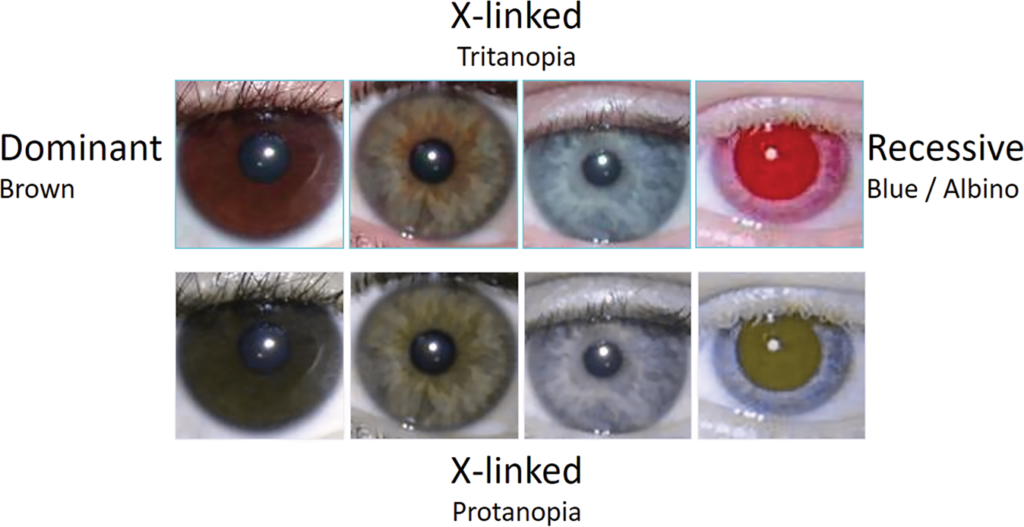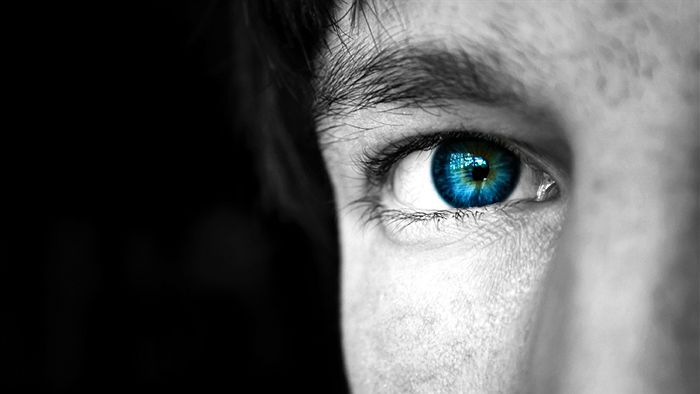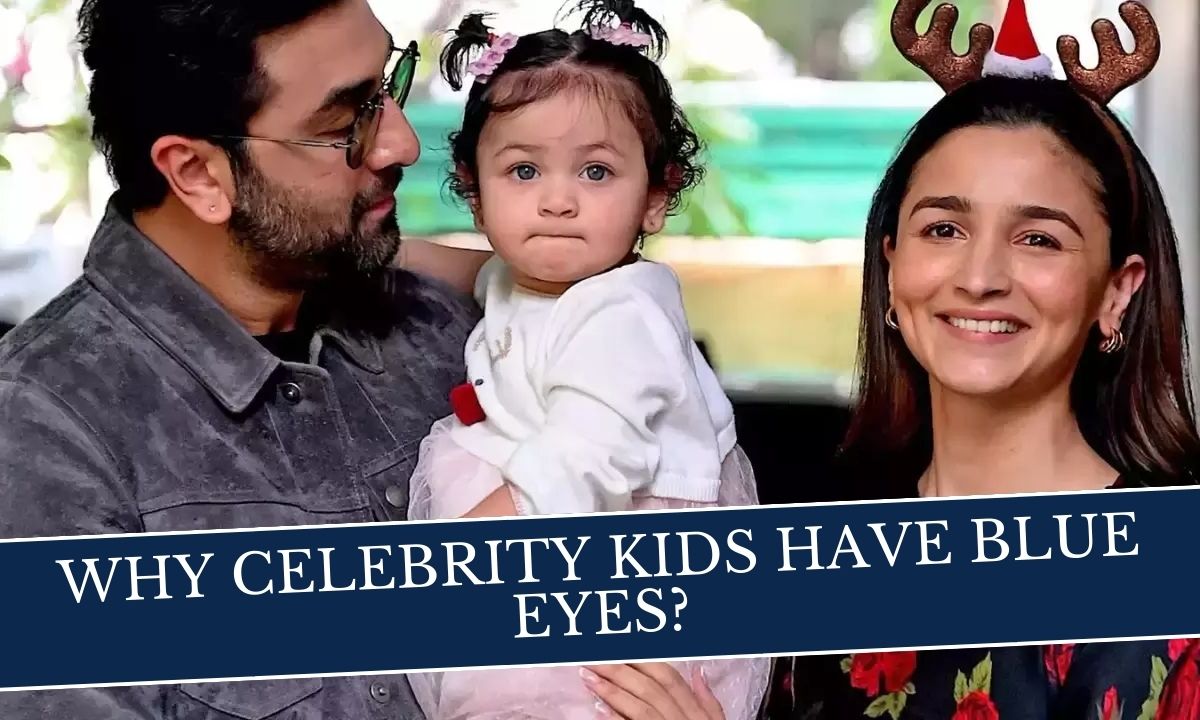Discover the intriguing truth behind Why Celebrity Kids Have Blue Eyes. Uncover the genetic mysteries and societal influences shaping eye color in the limelight. Explore the fascinating world of celebrity genetics and eye color trends.
Why Celebrity Kids Have Blue Eyes?
Celebrity kids may have blue eyes due to genetic inheritance.
Blue eye color is a result of a mutation that occurred between 6,000 and 10,000 years ago, affecting the OCA2 gene, which controls melanin production.

This mutation essentially “switched off” the ability to produce brown eyes, leading to the emergence of blue eyes.
All individuals with blue eyes today are linked to this common ancestor, as they have inherited the same genetic switch at the same spot in their DNA.
Blue eyes are not truly blue but appear so due to the Tyndall Effect, which scatters light in the iris, making them look blue.
Additionally, blue eyes are relatively rare, with only about 8 to 10 percent of the global population having them.
What is the genetic basis for blue eyes?
The genetic basis for blue eyes is a complex trait that involves the interaction of multiple genes.
The primary gene responsible for blue eyes is the OCA2 gene, which codes for the protein responsible for melanin production in the eyes.

A mutation in the OCA2 gene, known as the “switch,” reduces the production of melanin in the iris, resulting in the characteristic blue color.
This mutation is recessive, meaning that both parents must carry and pass on the recessive allele for blue eyes to their offspring.
If a person inherits one brown-eyed allele and one blue-eyed allele, the brown-eye trait is usually dominant, resulting in brown or hazel eyes.
The OCA2 gene is not the only gene involved in eye color, as many minor genes also contribute to the final eye color.
Can blue eyes change over time?
Blue eyes can change color over time, but this is relatively uncommon:

Eye color is generally stable after infancy, a small percentage of people (around 10-15%) experience gradual changes in eye color throughout adolescence and adulthood.
This change is more common in people with lighter eye colors like blue.
One study found that among babies born with blue eyes, about 11 out of 148 (around 7%) had their eyes change to a darker color like brown by age 2.
Blue eyes are more likely to change than brown eyes during early childhood.
The general trend seems to be that eye colors tend to get darker over time, as melanin pigment builds up in the iris.
So Blue eyes may shift towards green, hazel, or brown as more melanin is produced.
Only a small percentage (around 3.4%) of children experience their eyes getting lighter in color.
Dramatic, sudden changes in eye color are more likely to indicate an underlying medical condition.
Are there any health risks associated with blue eyes?
Yes, there are some health risks associated with blue eyes. Research has shown that people with blue eyes are at a higher risk of developing ocular uveal melanoma, a rare form of eye cancer.
Additionally, blue-eyed individuals are more susceptible to sun damage from exposure to UV rays due to their lighter iris color, which can increase the risk of retinal damage.
Also Read: Esti Maxine Stephens Age, Birth Place, Wiki, School, Parents, Siblings

